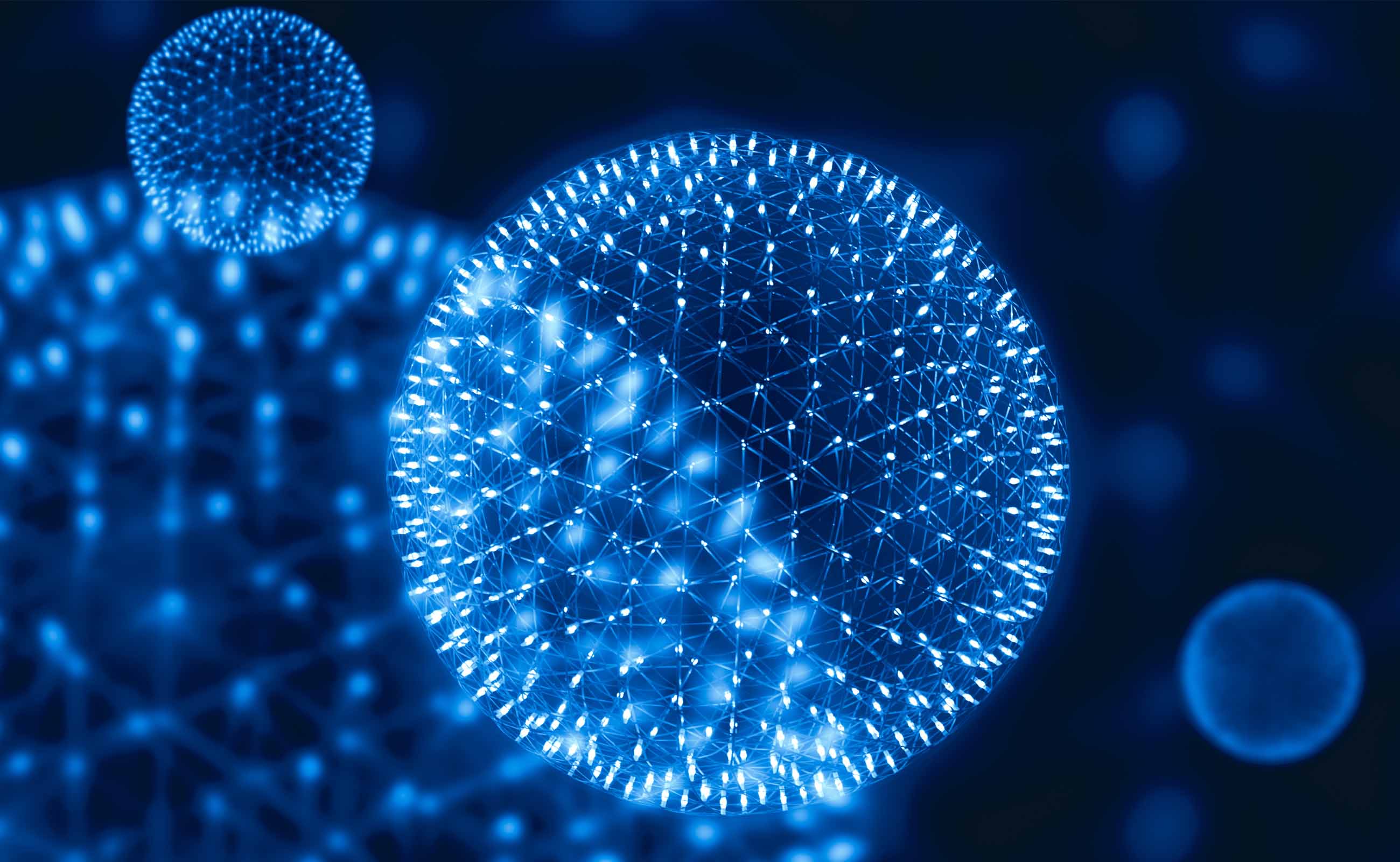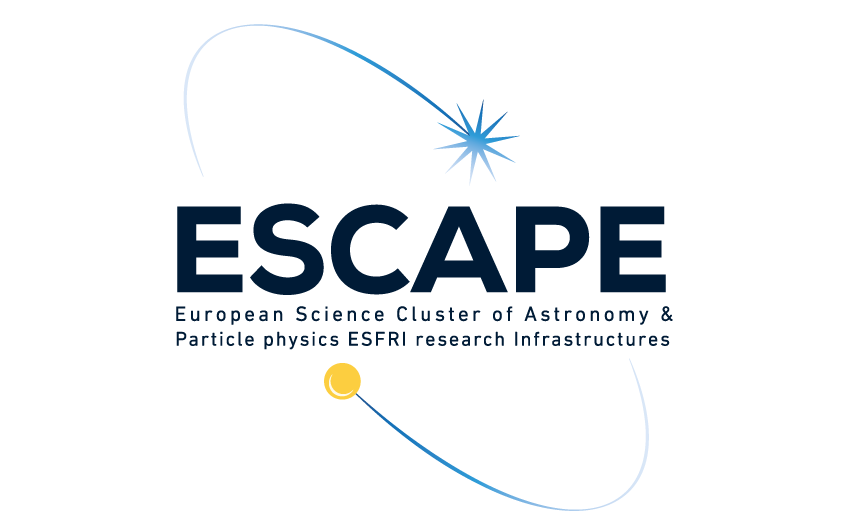
Astrophysics
KM3NeT
Amsterdam, The Netherlands (headquarters); detectors off the shores of Italy and France
Contacts:
UNISA (Italy)
KM3NeT is a next generation neutrino telescope aimed at detecting very high energy neutrinos from astrophysical sources (such as active nuclei of galaxies, supermassive spinning black holes, supernovae and their remnants) to study the physical processes that govern such amazing gigantic objects. In addition, KM3NeT studies neutrinos produced by cosmic particles that impact the Earth atmosphere to investigate the neutrino mass ordering, a fundamental question in particle physics.
KM3NeT Scientific Challenges
Neutrinos are very elusive particles that can cross the whole Earth undisturbed. Detectors with a large target mass are required to witness neutrino interactions. KM3NeT is instrumenting volumes larger than one cubic kilometer in seawater to measure the charged particles produced in neutrino interactions. Operating electronic devices at more than 3000 m depth in a harsh environment of high pressure, strong currents and with the chemical activity of seawater, has the complexity level of a space mission. The large overburden of water is needed to screen the highly sensitive detectors from daylight and the continuous flow of cosmic rays from above: indeed KM3NeT detectors are in a most favourable location to detect neutrinos that come from our Galaxy and cross the Earth. So far, the IceCube detector, taking data for several years, has measured a sizable flux of very high energy neutrinos, but only one neutrino has been related to a known source. KM3NeT aims at establishing a firm correlation between emitters of highly energetic photons and the neutrino flux, effectively opening the exciting research field of neutrino astronomy.
ESCAPE Impact to KM3NeT

KM3NeT make their services and software available via the ESCAPE OSSR, which has a mission to share high-quality, well documented, and easy-to-use software solutions in a harmonised way using a well-defined interface. The ESCAPE DIOS provides a potential federated data infrastructure to manage KM3NeT’s data and combine it with other data from large national research data centres to multi-Exabyte levels.
ESCAPE ESAP will allow KM3NeT to carry out harmonised multi-messenger data analysis across other ESFRIs. All of KM3NeT’s open data will be published on the ESCAPE VO using the adequate standards for interoperability. ESCAPE CS may also help bring KM3NeT closer to the citizen scientist through the creation of dedicated KM3NeT citizen science projects.
Once fully completed, the KM3NeT research infrastructure will consists of several large sub detectors, arrays of thousands of optical sensors that will detect the faint light in the deep sea from charged particles originating from collisions of the neutrinos and the Earth. ESCAPE’s services will support KM3NeT on addressing profound questions about the structure and evolution of the universe while facilitating interdisciplinary research.
LEARN MORE ABOUT HOW ESCAPE IS SUPPORTING THE OTHER RESEARCH INFRASTRUCTURES


